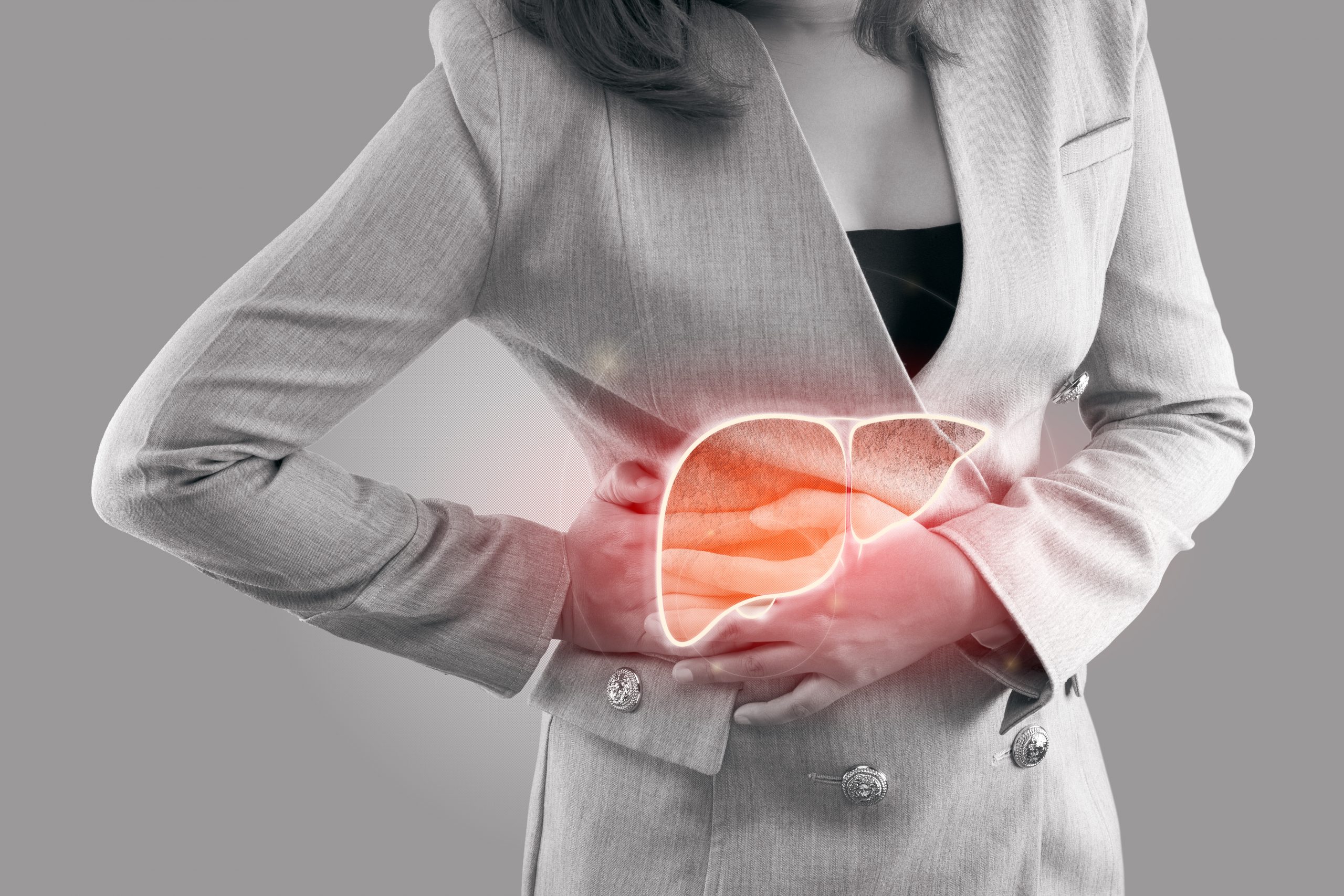
The skinny on fatty liver disease
Rates continue to rise, but there are ways to protect yourself and even reverse the effects of this dangerous disorder.
Your liver is your largest internal organ and your body’s workhorse. Among its many jobs are converting food into fuel, processing fat from your blood, clearing harmful toxins, and making proteins that help your blood clot. Yet this hard-working, supersized organ is susceptible to a dangerous and often hard-to-diagnose condition called nonalcoholic fatty liver disease, or NAFLD.
NAFLD is defined as the presence of fat in more than 5% of liver cells. It is the most common liver disease and affects up to 25% of American adults, 60% of whom are men.
The disease raises your risk of heart disease and left untreated, NAFLD also can lead to an inflamed liver, a condition called nonalcoholic steatohepatitis (NASH). In fact, as many as 40% of people with NAFLD develop NASH. NASH can lead to scarring of the liver; severe scarring, called cirrhosis, increases your risk of liver cancer.
A growing problem
Although drinking too much alcohol can cause fat buildup in the liver, NAFLD affects people who consume little or no alcohol. Instead, the main culprit is excess weight — which causes extra fat to get stored in the liver — and is associated with dyslipidemia (abnormally high LDL cholesterol levels, low HDL levels, or both), high blood pressure, and diabetes.
As the number of overweight people has increased, so too has the prevalence of NAFLD. “Much of this can be attributed to a regular diet of more processed foods and high amounts of carbohydrates, along with more sedentary lifestyles,” says Dr. Kathleen Corey, director of the Fatty Liver Disease Clinic at Harvard-affiliated Massachusetts General Hospital. Yet, she adds that some people with fatty livers have none of these risk factors, which suggests that genes can play an important role.
Hard to detect
NAFLD is difficult to spot as it often has no symptoms. However, NAFLD is sometimes associated with fatigue, weakness, loss of appetite, nausea, weight loss, and abdominal pain.
NAFLD is suspected when a blood test reveals elevated liver enzymes. Usually doctors can make the diagnosis after ruling out other causes, such as viral or drug-induced hepatitis. However, a definite diagnosis requires a liver biopsy — an outpatient procedure in which a needle is inserted into the right side of the abdomen to extract a small piece of liver tissue.
While currently no drug treatment is available, it’s possible to stop further liver damage and maybe even reverse NAFLD’s effects if you start early enough. “Treating NAFLD focuses on reducing or preventing further fatty buildup in the liver by addressing the underlying causes — obesity, diabetes, and elevated blood lipids,” says Dr. Corey. The best way to do that is by weight loss using the two major means for achieving health: exercise and diet.
Do your liver a favor and skip the sugar :
A study published online Oct. 17, 2017, by Clinical Science e found that when healthy men with a low level of liver fat consumed at least 650 calories from sugar daily for 12 weeks, they not only increased their liver fat, but also showed changes in their fat metabolism that are associated with a higher risk of cardiovascular disease and stroke. This is just one more reason to keep to your sugar intake in check.
Move more, eat right
A report published online March 4, 2016, by Digestive Diseases and Sciences found that cardiovascular exercise lowers elevated liver enzyme levels in people with NAFLD. While any type of cardio activity helps, the researchers cited 90 minutes of brisk walking, three times a week, as beneficial.
As for diet, the recommendations are similar to what you need to lose weight and maintain a healthy number on the scale. For example, follow a plant-based diet like the Mediterranean or DASH diets, and refrain from alcohol — or at least limit your daily intake to 20 to 30 grams (about an average glass of beer or a small glass of wine).
If you are severely overweight, the more weight you lose, the better, but even losing a little can have an impact. A study in the August 2016 JAMA Internal Medicine found that people who lost just 3% to 6% of their body weight reduced their liver fat levels by 35% to 40%. Another study, published online Jan. 22, 2016, by Hepatology, showed that losing 7% to 10% of total body weight can lead to NASH remission.